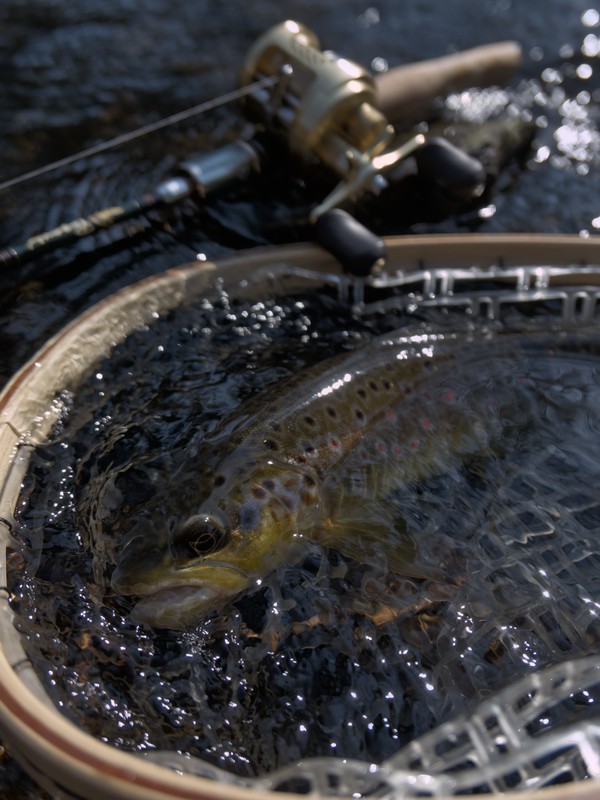Not yet, a couple of things to fix first
I cant see it though.
I downloaded and compiled yesterday and I’m running 3.9.0+947~g2afc54b6c
Ok then, probably Pascal merged it and I didn’t see the notif
OK thanks Aurélien.
When it does appear will it be an option on the existing highlight reconstruction module?
It’s an option in highlights module, yes
No, I didn’t merged it since there is still an issue to solve.
Ok. I will fix that sometime this week, I need a couple of days away from code, it’s been more than 2 months that I do only that.
I merged the HR branch from @anon41087856 into a portable windows build a few days ago to include also Filmic V6 and the sigmoid code if you run windows you can test it out quickly with no install…
Yes, I saw that Todd, but I am a linux diehard so no MIcrosoft systems in this house. (Well, I guess I have a WIndows 10 partition on the laptop that I never use…)
However, it all got me interested to check out the latest and greatest so I followed RawConvert’s instructions and compiled Jandren’s build to have a look at filmic 6 and sigmoid. Interesting but I need to work through the options in more detail to see what works.
At first I thought I did something wrong, but from the answers in this thread it looks like guided laplacian has not been merged yet.
Anyway, it will arrive when it arrives, no sweat.
Well now that you are building you can merge it as well from Aureliens git… That’s how I made mine to include all three…also check out the exposure and color matching that is in newer builds…comes in handy
I’m trying to learn to use the guided laplacians HR along with filmic v6 and Iam struggling with it. I see your example here from 07Feb and while I can get some texture to recover and be better than the other HR methods, I cant get rid of the magenta color. The only way I seem to reduce (not remove) the magenta cast in the recovered area is by using 12 iterations and 2048 pix for diameter. I’ve adjusted the filmic settings and iterations too.
I am clearly doing something wrong or expecting too much from the image I picked to practice with. It almost makes me want to apply a color calibration just to the recovered areas. Any guidance?
I cant find an image I could share at the moment, so here is a zoom of a section of a waterfall that I clipped. The top has the clip highlights and the bottom has the GL

Maybe these are the couple of things to fix… 
Add more iterations or use a wider scale or a combination of both.
Also I think the method is intended for use in combination with filmic highlight reconstruction. I’ve managed to get quite good results when using both.
12 seems to be the max in the module even when I try to type a higher value.
What is supposed to happen? Will the guiding laplacians method sample colors from bordering regions to use? Perhaps this question isn’t directed to you @g-man. ![]()
I think using an image from PlayRaw might be the best option. I picked this one that has clipping at the sensor. Panasonic Reds: How to??
Here is my quick xmp edits using 3.9.0+1050~gcabcf8f2a
P1039009.RW2.xmp (10.5 KB)
The filmic6v with HR at -1.42 and wide transition to makes it decent from a distance. Zoom in is different:

Clip highlight method

GL method mid range settings

Gl max settings (12 iterations/2048pix)

I am assuming the filmic -1.42EV HR threshold is after exposure module settings (based on the location in the pipeline). This is with filmic HR threshold set to 0.
Again, I’m just trying to learn how to use this correctly.
I have the same difficulties especially with larger areas where all three channels are clipped.
Here is the demonstration:
This is how the scene looks with a correctly exposed photo:
Here is an overexposed one with corresponding intication:
This is how it looks without highlight reconstruction:
Highlight reconstruction with LCh.
The overexposed area of the wall under the windows is too bluish but overall relatively good reconstruction:
Reconstruction with guided laplatians all values at maximum:
Note that we still have magenta on the wall.
Guided laplatians on maximum and reconstruction in Filmic. This is the best I could do with it:
Reconstruction is a little better if internal iterations in Filmic are set to 0:
At higher values the color of the frame bleeds into the wall I guess. The color of the framework confuses the results, since it is very close to magenta:
I get the best results in this case as a combination of reconstruction in LCh and Filmic:
Here is the file if you want to try it yourself:
DSC_2319.NEF (28,6 MB)
Edit:
I just did another test, and the best result with Guided laplatians in combination with Filmic is now this:
For Guided laplatians I chose default settings again.
The more i think about this issue, the more i think it would be nice to make the highlight reconstruction mask in filmic (there is a button to show it) available so it can be used to tweak the colors (away from magenta).
For years I’ve wondered why highlight reconstruction doesn’t look for magenta and mitigate when it’s detected. In all my years of post processing raws it’s always been the magenta pain in the butt and I’ve never needed such a colour in a real scene. Those who photograph flowers may feel differently. It just seems like such a clear sign of error as it’s visually so obvious.










